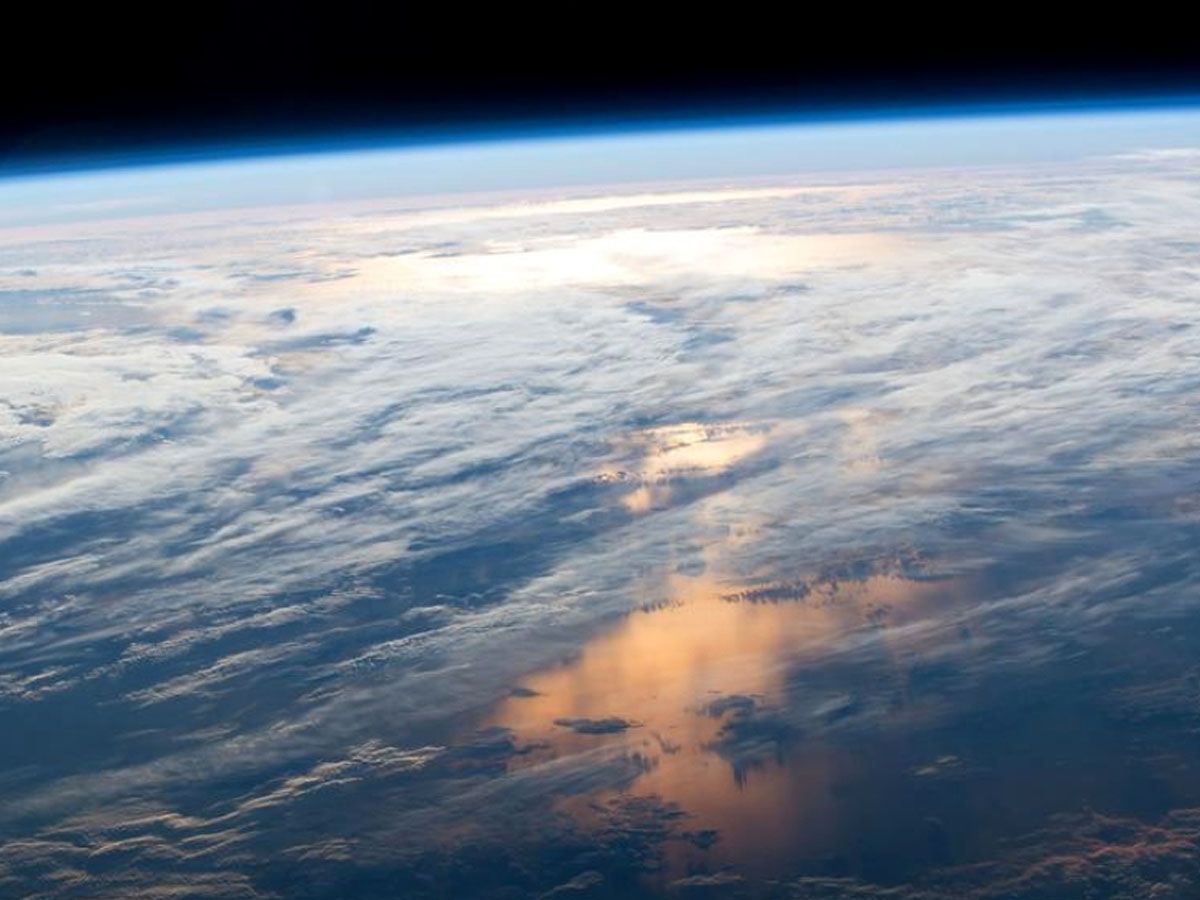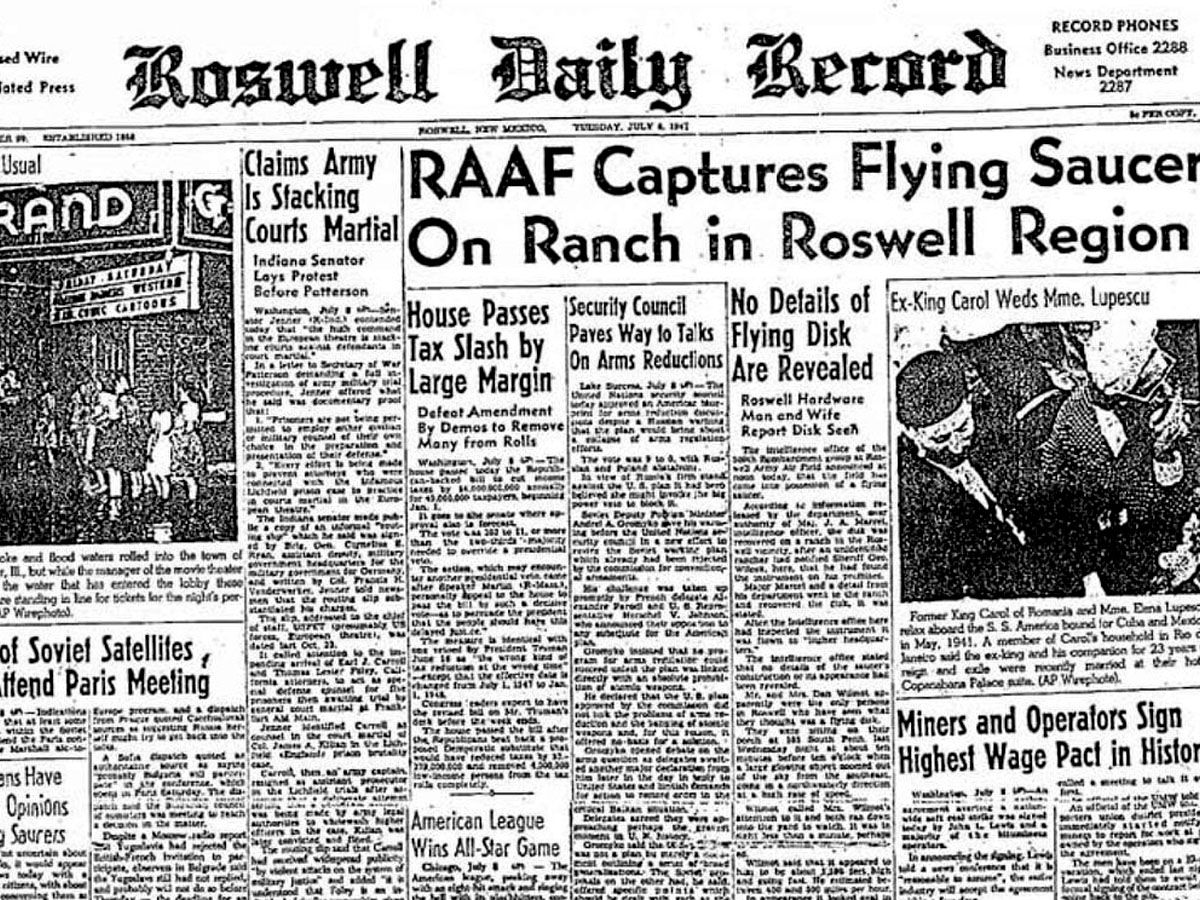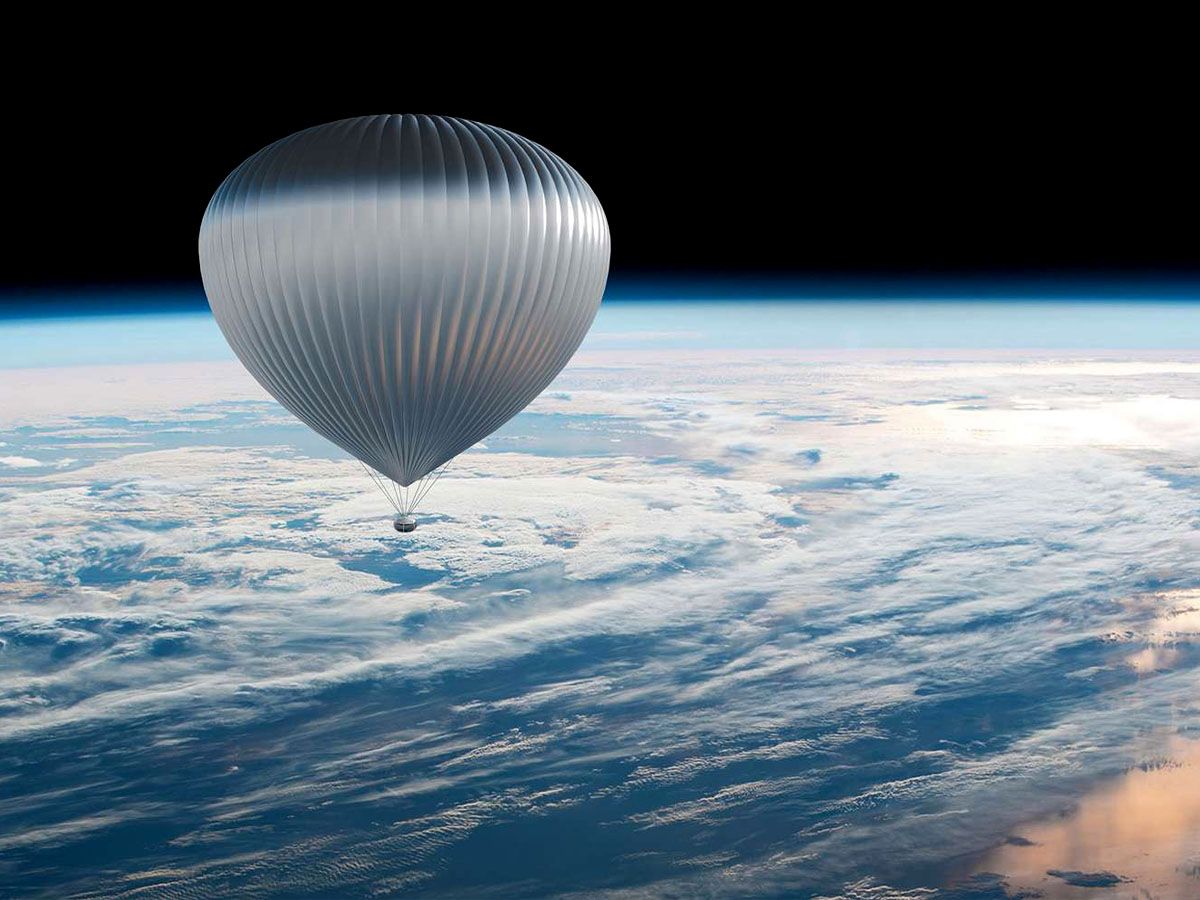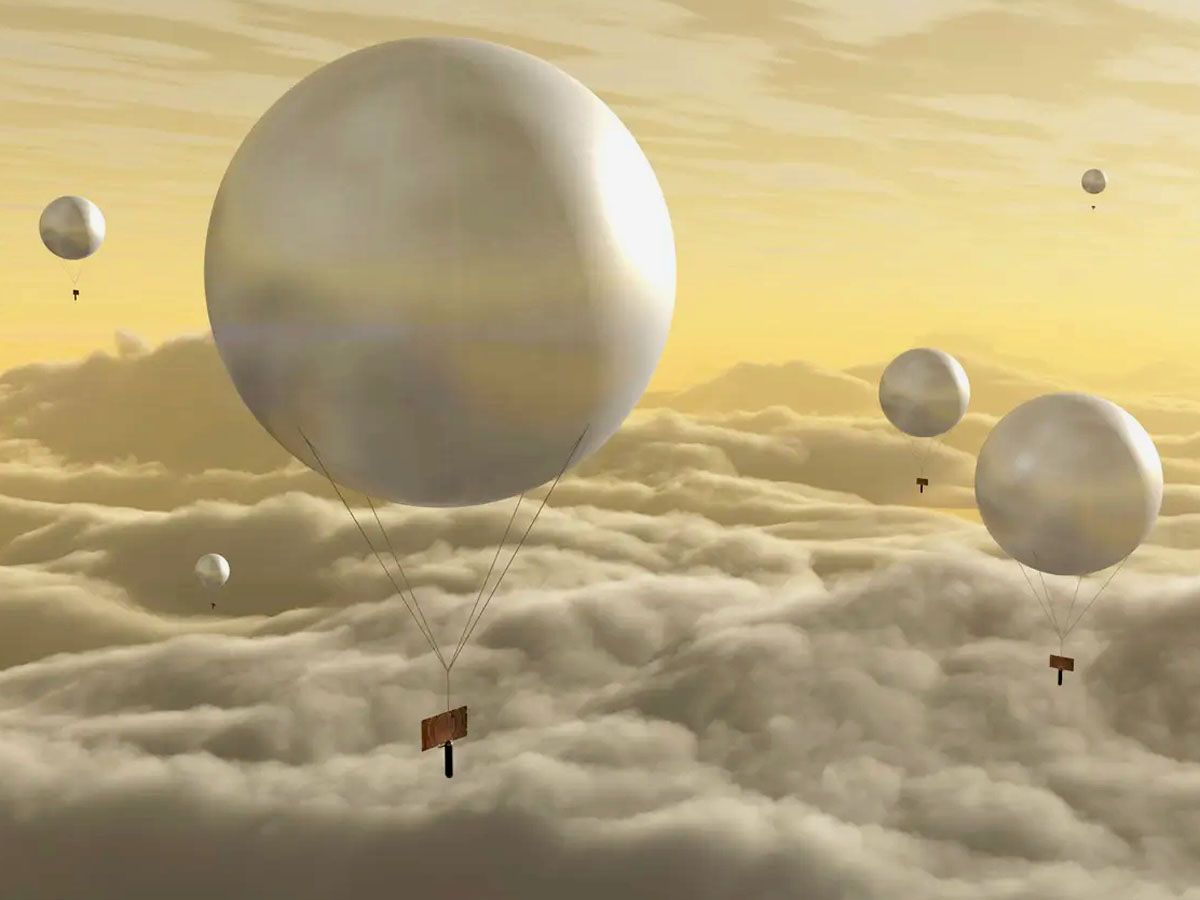Have you ever imagined the Earth singing to itself? Picture colossal balloons, powered by the sun, aloft in the stratosphere, eavesdropping on an intriguing symphony, sounds that weave the intricate tapestry of Earth's atmospheric narrative. These solar-powered sentinels have recently detected an enigma that has left scientists both captivated and puzzled: ultra-low-frequency noises, so mysterious and elusive, their origin remains a tantalizing secret.
Exploring the Stratosphere - An Atmospheric Mystery
Think of the stratosphere as the second layer in Earth's atmospheric cake, residing approximately 9 miles above our heads and extending up to an impressive 31 miles. This layer is a bit of an atmospheric oddball, characterized by its contrasting features. Unlike the troposphere beneath it, the stratosphere is marked by an eerie tranquility, thanks to the lack of turbulence, making it an ideal recording studio for Earth's ultra-low-frequency symphony.

But what sets the stratosphere apart is its unique tenant: the ozone layer. This layer is the Earth's natural sunglasses, absorbing and scattering the sun's harmful ultraviolet radiation. Fascinating, isn't it? But the stratosphere's résumé doesn't end here. It's also a grand stage where the majority of our planet's sounds originate, mainly from the reverberations of activities taking place on the Earth's surface.
Balloon Experiments in the Stratosphere
Our exploration of the stratosphere isn't a product of the modern era. Balloon experiments have soared into this atmospheric layer since the 1890s, each contributing to our understanding of Earth's upper atmosphere. From weather forecasting to understanding atmospheric dynamics, these high-flying contraptions have been instrumental in broadening our scientific horizons.
Project Mogul
The stratosphere also has its share of historical intrigue. Enter Project Mogul, a top-secret military experiment from 1947. When one of the project's high-altitude balloons crash-landed in Roswell, New Mexico, it sparked a flurry of UFO conspiracy theories that still resonate today. Despite the extraterrestrial speculations, Project Mogul served a terrestrial purpose, monitoring potential Soviet nuclear tests during the Cold War.

So, why is this relevant to our current investigation? Well, this historical project is a testament to the wealth of information that stratospheric exploration can reveal. And just like Project Mogul, the present study led by Daniel Bowman and his team aims to unveil secrets, not of outer space, but of our very own atmospheric layer, the stratosphere.
The Science Behind the Investigation: Solar-Powered Balloons
Our scientific protagonists, Bowman, and his team, engineered an intriguing solution to probe the stratosphere: solar-powered balloons. These aren't your average party balloons. With a striking diameter of 23 feet and equipped with micro barometers, these balloons have been acting as silent listeners in the stratosphere, recording the subtle soundscape of this atmospheric layer.
But how do these balloons stay aloft in the stratosphere? Enter the power of the sun. Each balloon is darkened with charcoal powder, which absorbs sunlight, heating the air within. This warm air causes the balloons to rise, reaching altitudes over 20 kilometers higher than most commercial jets. It's an impressive feat of passive solar power, propelling these balloons to the edge of space to capture the symphony of the stratosphere.

Since 2016, Bowman's team has launched a fleet of 50 solar-powered balloons, each one on a mission to document the low-frequency rumbles of the stratosphere. Originally, the team set out to record the sounds of volcanic eruptions, but their microphones picked up more than they bargained for an array of unknown and intriguing sounds.
The Intriguing Sounds of the Stratosphere
Given its distance from the hustle and bustle of Earth's surface, you might think the stratosphere would be quiet. Yet, it's surprisingly noisy. Among the cacophony, the team identified the familiar sounds of cities, vehicles, wind turbines, and even ocean waves. But it's the unknown sources, the unexplained infrasound, that has truly piqued their curiosity.
Unexplained Infrasound
These mysterious infrasound are an acoustic enigma. They consist of low, recurring rumbles, but their signals are untraceable, their sources unidentified. Imagine trying to track down an invisible orchestra playing an ethereal concert in the sky. That's the puzzle Bowman and his team is attempting to solve.
While the sources of these sounds remain a mystery, hypotheses abound. Some suggest they might be the result of undetected atmospheric turbulence or echoes from terrestrial activities garbled by the stratosphere's unique properties. The true explanation, however, remains as elusive as the sounds themselves. As Bowman's team continues its investigation, we can only wait in anticipation for the grand reveal.
Tracing Sounds to Their Origins and Studying Variations
The study of the stratosphere's soundscape is far from over. Bowman and his team are just beginning to scratch the surface of this atmospheric riddle. While the origins of these intriguing sounds remain unknown, the team's commitment to tracing them to their sources is unwavering.
Moreover, the researchers plan to study the variations in these sounds across different seasons and regions, opening up a whole new dimension in our understanding of the stratosphere's sonic fingerprint. Imagine mapping the Earth's atmospheric soundscape, much like we map the night sky, a grand endeavor that could revolutionize our perception of our planet.
The Possibility of Planetary Exploration Using Helium-Filled Balloons
Beyond the stratosphere, the future may hold even grander adventures. Consider the possibility of planetary exploration using balloons, a concept that may sound like science fiction, but could soon become a reality. Helium-filled balloons could serve as exploratory vessels, journeying into the atmospheres of other planets and moons in our solar system.

Imagine a fleet of balloons, similar to those Bowman and his team deployed in the stratosphere, sailing through the alien skies of Mars or Venus. These celestial balloons could capture the sounds of other worlds, just as solar-powered balloons have captured the sounds of our stratosphere.
The rumblings and whispers of the stratosphere have opened Pandora's box of scientific curiosity, launching a new era of atmospheric exploration. As we stand on this precipice, one thing is certain. The future of stratospheric investigations promises to be as intriguing and mysterious as the sounds themselves.
Sources: acousticalsociety.org / cnn.com / livescience.com












